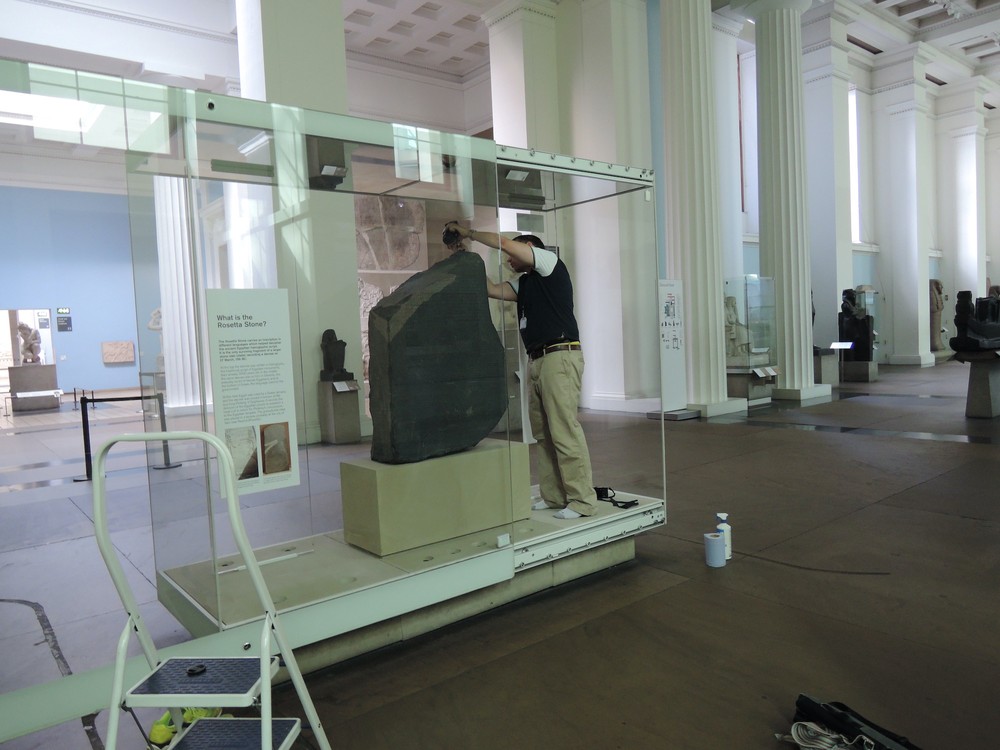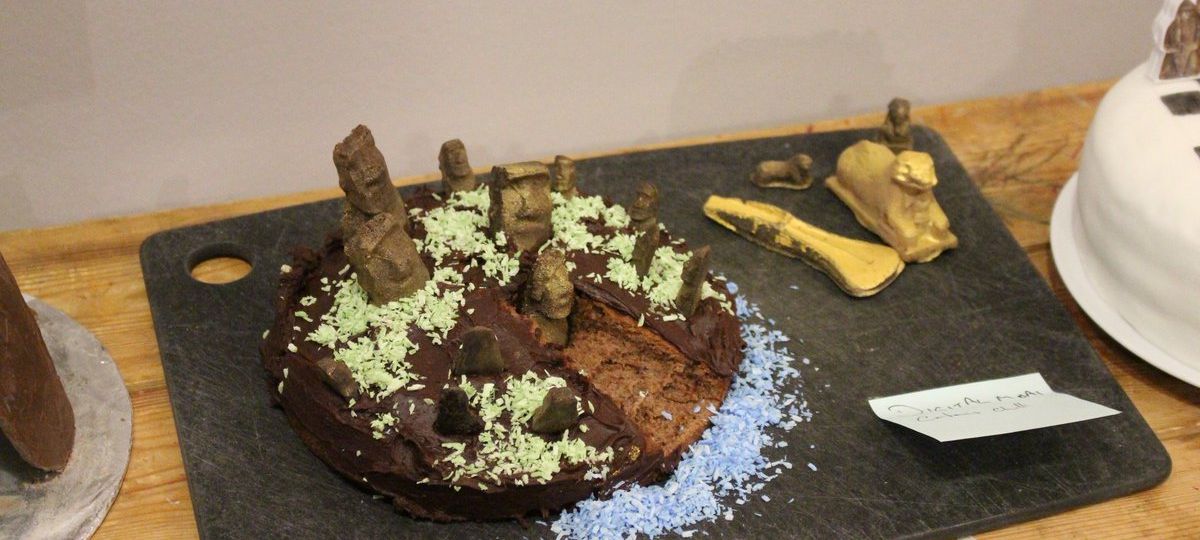Innovating with 3D technologies at the British Museum
October 29, 2019
Role(s): Project LeadThe British Museum🍵 2 mins to read (suggested)
The British Museum is one of the world’s leading museums, with collections of over 8 million objects. The Museum’s collections hold masses of 3-dimensional amazing pieces of sculpture, pottery, and other artefacts ripe for 3D imaging.
In 2013, JD Hill invited Graeme Earl and his students to give a seminar to the BM's research community about the use of RTI and 3D imaging to document museum collections. Later in that year, we were awarded a large grant from the AHRC to develop the MicroPasts project, which as one of its aims, was to develop a 3D imaging workflow at scale for structure from motion 3D model creation. These two events, and the good fortune to find out that Tom Flynn in the web team at the BM was also interested in 3D imaging, led to a collaboration and the British Museum's adventure into 3D imaging began.
Tom experimented with various lightweight applications for 3D imaging and produced the first models (see the model of Amenemhat III above) on Sketchfab from them, whilst at the same time we were releasing models created by the power of citizen science on the MicroPasts website using our own home brewed 3d viewer and SketchFab. In 2015, with the arrival of Chris Michaels to the BM, we were moved to the new Digital and Publishing team and our 3D work continued there at pace.
As part of the MicroPasts project, we have been working with the BM's curatorial teams to create 3D models of Bronze Age metal work and to help them create models of key pieces. However, we also took it upon ourselves to create 3D models of key pieces on display in the Museum's galleries.
To do this, we wandered the halls and galleries before opening, at lunch time and after hours to capture extensive collections of images to process. The routes taken through the museum can be plotted by the objects scanned - the route to the canteen, the route to meetings. These led through the Classical and Egyptian galleries, and you can see large amounts of models on the SketchFab feed for galleries 4, 22, 70, 33, and 40.
As our skills became known we were asked to create models for research projects (eg the Jericho Skull) and for blogposts at short notice (eg the Rosetta/Rashid stone). We were fortunate to get to scan objects like the Lewis Chessmen, the Basse Yutz vases, Egyptian cartonnage and coffins and many more amazing pieces. Some of the pieces we scanned were used for digital repatriation projects, a few such as Horus and the Egyptian house were used on BM handling desks.


All of us are proud we made the British Museum's profile into the most followed museum on Sketchfab (even if institutional support was lukewarm). Anyone can get their cultural institution into 3d, all you need is a digital camera and inexpensive software from Agisoft or Reality Capture.
.@DEJPett @JWexlerBM British Museum is now most followed museum on @Sketchfab :D https://t.co/AL8et6Eba3 pic.twitter.com/xqdGLhu08C
— Thomas Flynn (@nebulousflynn) November 16, 2017

